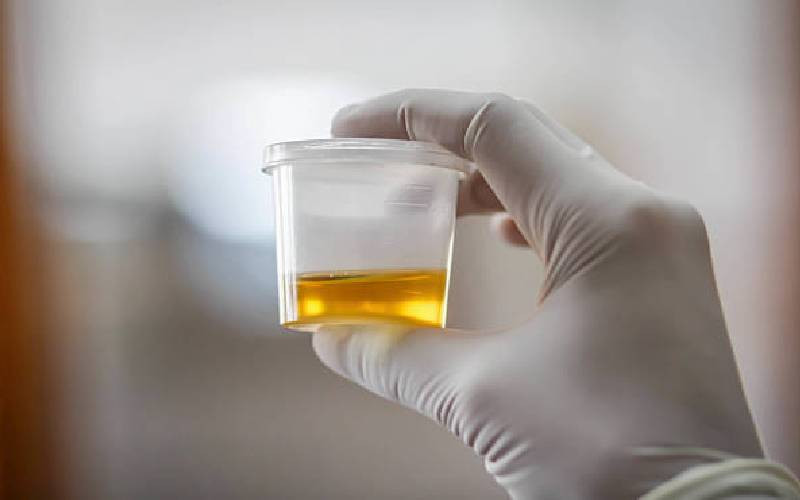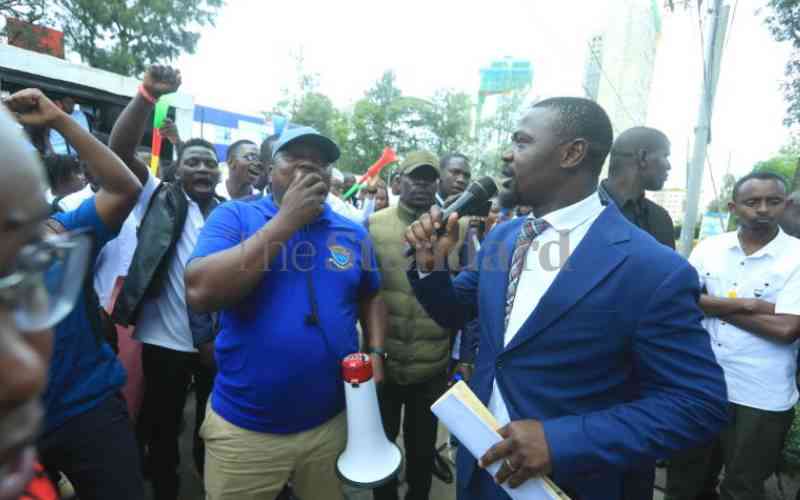
If you are a man over 60 years, the likelihood of having an enlarged prostate (benign prostatic hyperplasia (BPH)) are high.
BPH is a non-cancerous increase of prostate tissue which can cause blockage of bladder and urine flow. BPH is extremely common among middle-aged and elderly men, affecting up to 50 per cent of men aged 60 and 90 per cent of those over 85 years. Here's what you need to know about the condition:
BPH symptoms mostly include; increased urinary frequency, voiding small amounts of urine, especially at night, sensation of incomplete bladder emptying after urination, difficulty in starting urination, weak urinary stream, inability to urinate, leading to catheterisation, urinary urgency, with difficulty in controlling urination and blood in the urine.
If you experience the above, treatment is only necessary if the symptoms become bothersome with available options depending on severity.
Lifestyle changes is appropriate for those with mild symptoms. This includes changes such as limiting fluid and caffeine intake in the evenings, healthy eating and taking exercises.
Doctors can also recommend prescription drugs to relax the muscles of the prostate/bladder and reduce the volume of the prostate, respectively.
Surgery is reserved for those whose medical therapy has not improved symptoms significantly and the many surgical options vary in their indications, invasiveness, effectiveness, and side effects.
There is also non-surgical treatment, Prostate Artery Embolization (PAE) for men who want to avoid a traditional surgery (or are deemed high risk for surgery) in which the blood supply to the prostate gland is blocked off resulting in its shrinkage. The success rate of PAE is over 85 per cent (similar to Transurethral resection of the prostate (TURP), a commonly performed invasive operation), with a low recurrence rate long-term. PAE resolves the problem rapidly and, as this procedure involves no open cut, normal activity can be rapidly resumed.
- For men's health, AAR hospital reduces prostate cancer screening fee
- When masturbation exposes you to urinary tract infections
- The unseen burden: Stress urinary incontinence and how to treat it
Keep Reading
Most PAE patients experience no symptoms during the procedure, but a few may experience mild pain, burning or a hot feeling in the urethra or around the anus. The symptoms are easily controlled with appropriate medication.
In general, you can get out of bed and start walking six hours after the procedure (sooner if the left wrist was used for access) and with prescription for painkiller tablets for three to five if needed.
One should avoid driving for at least two days but resume work after one day.
The prostate will shrink slowly in the following few days/weeks and symptoms continually improve with occasional problems including; a small risk of urinary tract infection even though antibiotics are routinely given before the procedure, but this can be treated with simple antibiotics.
Bruising/Haematoma can sometimes occur at the site of access in the upper leg/left wrist, although it is usually self-limiting.
Blood in urine occurs in some patients but usually disappears in a day or two while Post embolization syndrome after PAE may flu-like symptoms lasting a couple of days and treatable with paracetamol and bed rest
Urinary retention is another rare problem, but if it does occur, a urinary catheter will be needed.
Most men wonder, will my sexual function be affected?
Well, based on studies, patients treated with PAE for BPH have not had a decline in sexual function (including retrograde ejaculation and erectile dysfunction).
But there are patients who cannot have PAE like those with urological cancer, like prostate or bladder is a contraindication for PAE and those with tortuous (twisted) blood vessels leading to the prostate.
-Dr Ravjit Sagoo is a Consultant Interventional Radiologist, Aga Khan University Hospital, Nairobi.
 The Standard Group Plc is a multi-media organization with investments in media platforms spanning newspaper print
operations, television, radio broadcasting, digital and online services. The Standard Group is recognized as a
leading multi-media house in Kenya with a key influence in matters of national and international interest.
The Standard Group Plc is a multi-media organization with investments in media platforms spanning newspaper print
operations, television, radio broadcasting, digital and online services. The Standard Group is recognized as a
leading multi-media house in Kenya with a key influence in matters of national and international interest.











